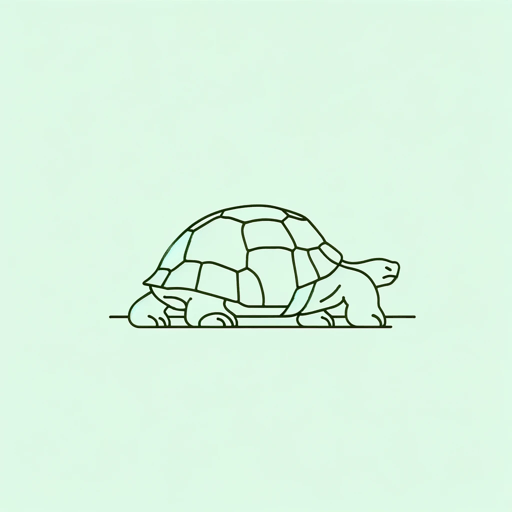50 pages • 1 hour read
Jodi PicoultWish You Were Here
Fiction | Novel | Adult | Published in 2021A modern alternative to SparkNotes and CliffsNotes, SuperSummary offers high-quality Study Guides with detailed chapter summaries and analysis of major themes, characters, and more.
Summary and Study Guide
Overview
Wish You Were Here (2021) is a novel by Jodi Picoult, which, according to the author, is about “the resilience of the human spirit in a moment of crisis.” The story follows a young woman, Diana O’Toole, who leaves for a vacation to the Galapagos without her boyfriend and gets locked down there as borders close under quarantine during the Covid-19 pandemic. Away from everything and everyone familiar, Diana must adapt to these extraordinary circumstances through a journey of self-reflection, awareness, and connection.
A repeat New York Times best-selling author, Picoult has several novels, short stories, and literary awards under her belt, including the New England Bookseller Award for Fiction and the Sarah Josepha Hale Award. Her writing often focuses on family, love, and relationships. Many of her works have been adapted for the stage and screen, and Wish You Were Here was acquired by Netflix in November 2021, with an intent to adapt it into a feature film.
Wish You Were Here is set during the onset of the Covid-19 pandemic, at the time a crisis of an unprecedented global magnitude. It employs a first-person narrative; the story is told in the voice of its protagonist, Diana, largely following the events unfolding in its present-day timeline. However, using Diana’s responses to, and subsequent reflections on what she is experiencing, Picoult weaves anecdotes from Diana’s past into the narrative to flesh out characters, backstories, and relationships and to foreshadow events and indicate key themes. This guide is based on the 2021 Hodder & Stoughton Kindle edition. The book contains mentions of self-harm and suicide.
Plot Summary
It is March 2020, and the coronavirus is fast becoming a reality in New York City. Diana O’Toole, a young associate specialist at Sotheby’s, and her boyfriend, Dr. Finn Colson, are meant to be leaving on a vacation to the Galapagos; however, Diana comes home to Finn telling her that he can’t take time off after all—it is all-hands-on-deck at the hospital right now. Finn asks Diana to go without him so that they don’t lose money on the deal; Diana reluctantly agrees.
Diana arrives on the island of Isabela just as it is closing borders for a two-week quarantine. The hotel she was supposed to stay at is closed, but Diana is saved by the generous offer of a place to stay from an old woman who works at the hotel, who calls herself “Abuela.” Diana runs into Abuela’s grandson, Gabriel, and while they get off to a rocky start, Diana eventually befriends him. She also develops a close relationship with Gabriel’s teenaged daughter, Beatriz.
The two-week quarantine extends indefinitely, and Diana spends her time exploring the island with Beatriz and Gabriel. Beatriz opens up to Diana about her mother who abandoned her; the rejection Beatriz faced from Ana Maria, a girl she likes; and about the self-harm Beatriz uses to cope. Meanwhile, the bad cell service on the island leaves Diana unable to reliably stay in touch with Finn. She receives intermittent emails from him with news and updates about the worsening situation in New York, and she replies through letters on postcards.
In one of Finn’s emails, he mentions that the memory care facility where Diana’s mother lives has been trying to contact her. Diana manages to get in touch with them and finds out that they have had a Covid outbreak and her mother is ill. Gabriel begins to spend more time with Diana, and the two grow closer even as Diana begins to feel more distant from Finn. Diana’s mother eventually passes away from Covid, and Diana grapples with guilt over her own indifference. Diana’s mother was barely around throughout Diana’s childhood, and Diana was not close to her. When Gabriel comes over to check on Diana later that night, the two have sex.
A few days later, Gabriel and Diana go swimming together, and Diana begins to drown. She loses consciousness and eventually wakes up with Finn by her side. Diana discovers that she has been in the Covid ward of a hospital in New York for the last 10 days, hooked onto a ventilator for five of them; she never left for the Galapagos at all.
During her time recovering in the hospital, Diana learns that her entire experience of the Galapagos was the result of a ventilator-induced psychosis. She moves from the ICU to the Covid ward, and eventually she goes to rehab to learn to use her body again. She also finds out that she has been furloughed from her job and that her mother is still alive and well. Diana continues to feel lonely and unsettled, for although she has miraculously survived Covid, she misses her life and relationships in the Galapagos, and she is feeling increasingly disconnected from Finn.
After being discharged from the hospital Diana begins to visit her mother regularly at her facility in an attempt to repair their relationship. She also reads about and gets in touch with other Covid survivors who have had similar experiences of realistic dreams while on the ventilator. Diana’s mother eventually does contract Covid and passes away, in an imitation of the events that Diana imagined in the Galapagos; however, this time around, she mourns her mother deeply.
Days after her mother’s death, Finn proposes to Diana. Diana, however, has realized that she is not the same person she was before, and her plans for life have changed; she turns down Finn’s proposal. Three years later, Diana is still living in New York, but she’s sharing an apartment with a friend. She works as a certified art therapist and has finally saved up enough to actually visit the Galapagos. The book ends with a man’s voice calling out to Diana the same way that Gabriel did when they first met, and Diana turning around to see who it is.
Interspersed throughout the novel are Diana’s recollections of anecdotes that highlight her relationships with each of her parents and Finn, as well as the trajectory of her career thus far. These parallel narratives feed into the larger one and help address some of the secondary themes that the book explores: the subjective experience of reality, and the complex nature of love.
Related Titles
By Jodi Picoult

A Spark of Light
Jodi Picoult

Between the Lines
Jodi Picoult, Samantha van Leer
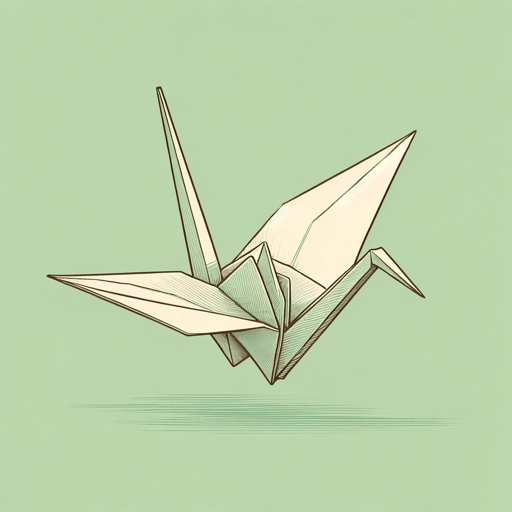
Handle With Care
Jodi Picoult

House Rules
Jodi Picoult
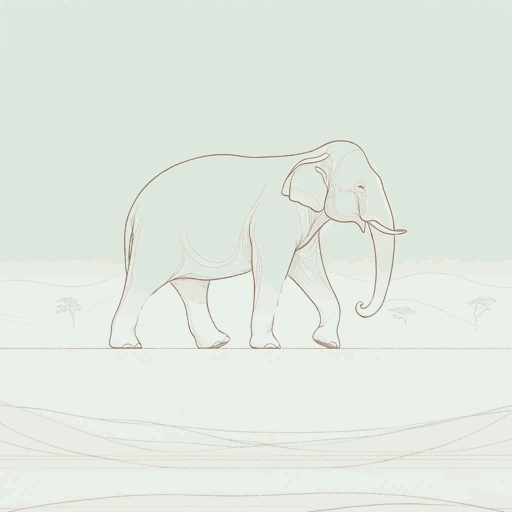
Leaving Time
Jodi Picoult
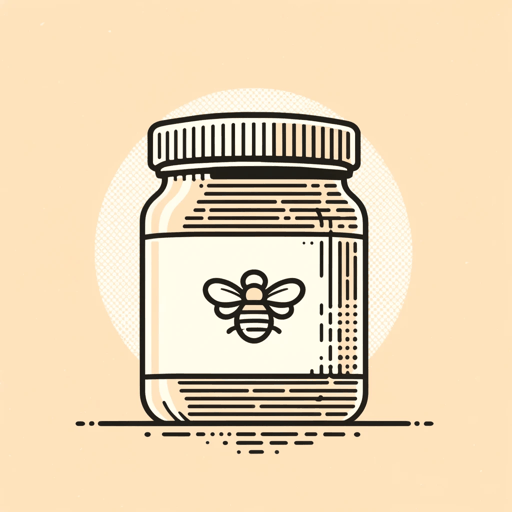
Mad Honey
Jodi Picoult, Jennifer Finney Boylan

Mercy
Jodi Picoult

My Sister's Keeper
Jodi Picoult

Nineteen Minutes
Jodi Picoult

Plain Truth
Jodi Picoult

Salem Falls
Jodi Picoult

Small Great Things
Jodi Picoult
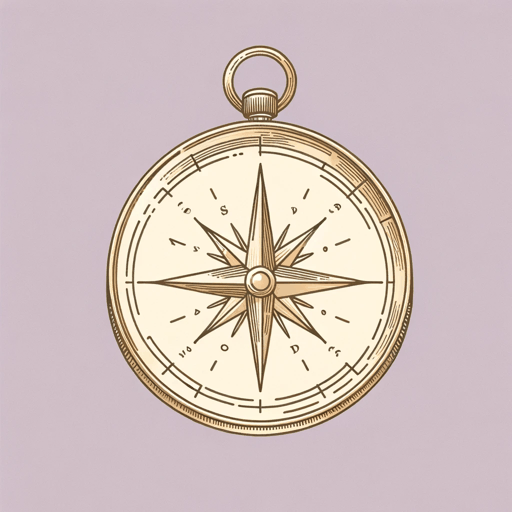
The Book of Two Ways
Jodi Picoult

The Pact
Jodi Picoult
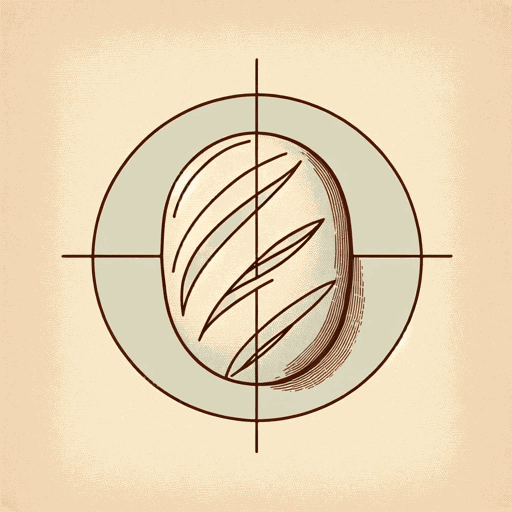
The Storyteller
Jodi Picoult

The Tenth Circle
Jodi Picoult

Vanishing Acts
Jodi Picoult
Featured Collections
Fear
View Collection
Forgiveness
View Collection
Grief
View Collection
Guilt
View Collection
Health & Medicine
View Collection
Memory
View Collection
Mortality & Death
View Collection
New York Times Best Sellers
View Collection
Popular Book Club Picks
View Collection
Romance
View Collection
Safety & Danger
View Collection
The Best of "Best Book" Lists
View Collection
Valentine's Day Reads: The Theme of Love
View Collection
